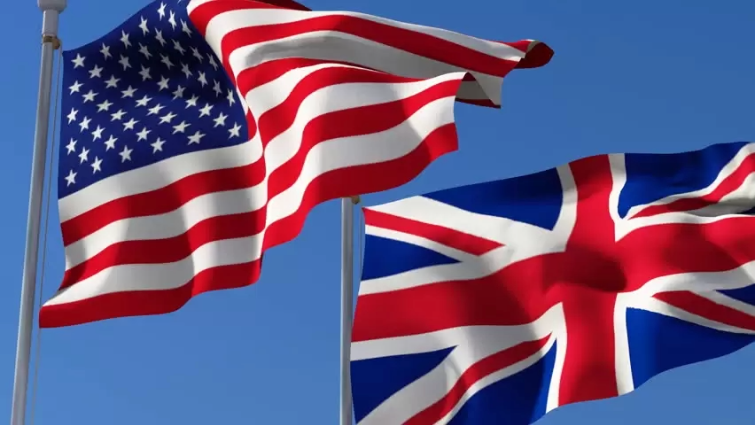Briefing Note: What the New US/UK Trade Deal Means for U.S. Exporting SMEs
Background Context
In May 2025, the United States and United Kingdom announced the Economic Prosperity Deal (EPD); a headline-making agreement aimed at deepening trade ties between the two nations. While the deal has been billed as “historic,” it’s important for U.S. SMEs to see it for what it is: a welcome signal of cooperation and progress, but not a full free trade agreement (FTA).
This Is a Step Forward, Not a Free Trade Agreement
Let’s start with a reality check. The EPD is not a comprehensive FTA. It doesn’t eliminate tariffs across the board or create sweeping access to new markets. Instead, it provides sector-specific tariff relief, sets out plans for regulatory cooperation, and opens the door to future progress on digital trade, investment, and standards alignment.
In short, this is foundational rather than transformational, but still useful, especially for exporters in the right sectors.
Where U.S. Exporters Could Benefit Right Now
Several targeted measures in the deal offer immediate or near-term advantages:
Beef and Agriculture: The UK has introduced a new duty-free quota for U.S. beef (13,000 metric tons), removing the current 20% tariff. This is a significant win for U.S. producers looking to grow exports in a high-value market.
Ethanol: A 1.4 billion litre duty-free quota for U.S. ethanol is now available — a key opening in a market previously difficult to penetrate.
Steel and Aluminium: Tariffs on U.S. metal exports were already low, but mutual easing helps create a better climate for supply chain partnerships.
Regulatory Cooperation: There is a new push toward alignment in aerospace, life sciences, and digital tech, which could reduce friction for U.S. firms navigating UK rules.
These changes won’t revolutionise the trade landscape, but they create targeted opportunities, especially for SMEs already exploring the UK market or in regulated sectors.
But There Are Limits, and a Long Road Ahead
This deal is not legally binding, and many provisions are “in principle” or subject to further negotiation.
Major issues remain unresolved, such as digital services taxation, IP protections, and broader service sector access.
UK regulatory standards remain EU-aligned in many areas, particularly in food safety (e.g. bans remain on hormone-treated beef and chlorine-washed poultry), which still limit some U.S. exports.
For most sectors, this means business as usual – but with a more constructive environment for change.
What U.S. SMEs Should Do Now
Check your eligibility: If you export beef, ethanol, or operate in life sciences or aerospace, explore how these new provisions might apply.
Be proactive: Use this deal as a catalyst to revisit UK market entry or expansion plans.
Monitor implementation: Many measures require further negotiation or technical clarification and may be affected by political developments.
Engage early: Partner with local UK importers, distributors, or compliance advisors to stay ahead of evolving requirements.
For U.S. companies looking to grow in the UK, now is a good time to take stock, seek advice, and explore where this new climate of cooperation can take you.



